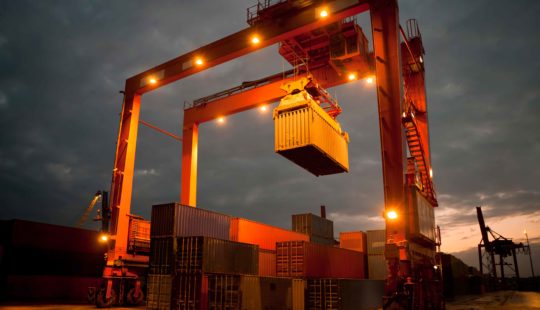With the threat of climate change looming over us, Indian businesses are beginning to view sustainability with a certain gravitas. According to a new study by SAP and Oxford Economics, 62% of businesses say it’s not hard to be sustainable and profitable at the same time. Most businesses now acknowledge the need to be sustainable and pledge their commitment to saving our planet.

However, historically speaking, few businesses have organisational structures that view the sustainability challenge as a significant business concern. Instead, regulatory compliance is the main emphasis of sustainability initiatives and the organisations that support them. The study’s findings give a clear indication of this. For instance, 60% of respondents from India said that the main forces behind their sustainability efforts are statutory requirements. This is consistent with the fact that, ahead of decreased carbon emissions and improved operational visibility, regulatory compliance (45%) is the main advantage realised. Therefore, it should come as no surprise that only 7% of respondents are discovering any real commercial benefit from their sustainability plans. Because of their excessive reliance on regulatory compliance, businesses may be missing out on the new potential for efficiency, innovation, and genuine societal impact.
The missing ingredient to driving long-lasting sustainability transformation: Employee
The scale of the disruption that will play out over the next few decades, along with the opportunity it creates, will be staggering. But while the opportunity is clear, the way to drive a successful sustainability transformation is less obvious. To put things in perspective, a variety of publicly available statistics indicates that investors are likely to consider ESG risks when making investment decisions and that demand among clients and partners for ecologically or socially conscious products is rising. Furthermore, companies that promote sustainable business practises are more likely to attract and keep top talent because employees and job seekers are more likely to choose them. Without a true vision and track record, businesses may find it difficult to attract and retain top talent. For organizations committed to being business with a purpose, sustainability offers an opportunity to connect with their people through a shared sense of purpose and commitment to help run the world better.
Employees are on the frontline of any business. Getting them to do something as basic as recycling paper makes a big difference in terms of carbon emissions, waste, water use, or energy consumption. Employers, however, want a higher level of dedication from employees when firms progress beyond the fundamentals: why stop at turning off the lights when you might be enhancing workflows, developing new products, and overall making the workplace sustainable?
Here are some of the best ways to engage employees with your sustainability mission:
- Integrate sustainability into the foundation of your company: Every individual and company are impacted by the condition of our world. Because of this, achieving sustainability is a problem that requires teamwork. It is a true team sport. Therefore, organisations must move beyond a siloed approach to sustainability and integrate green practises into discussions about every type of business decision, including strategies and performance goals at every level, in every function, and core managerial processes and operations, starting with the procurement of raw materials and extending to the selection of supply chain partners, driving investments in human sustainability, or instructing staff members and partners on how to use technology, gather data, and evaluate results.
- Sustainability hiring: Organizations can’t create a purpose-driven culture without purpose-driven individuals. Developing values and a feeling of purpose in people who lack them is incredibly difficult. Instead, while hiring and recruiting, screen for purpose. Find the best workers who genuinely care about the environment, sustainability, fairness, ethics, and human justice. They exist, and once they join, their uplifting attitudes and behaviours spread like wildfire.
- Leaders must lead from the front: By setting company goals and enabling employees to achieve those goals, leadership builds an organizational culture. This means they play a critical role in changing when it needs to be changed. For sustainability thinking to permeate across the entire organization, leaders must define and incentivize sustainability success – and then lead by example. Leaders can help create a culture of sustainability transformation by demystifying it in a way that connects with employees.
- Tying executive compensation to sustainability: One of the most important tools that organizations have in their arsenal to combat sustainability challenges is to link executive payouts to successful sustainability outcomes. Not only it sends an unmistakable signal about the organizational values and focus on advancing sustainability, but it can also help motivate executives to tap big strategic opportunities related to environmental, social, and governance (ESG) goals.

While sustainability practices may be shaped by the company’s leadership, powering it needs to be done collectively. If done right, sustainability has the potential to not only drive measurable growth but also turn your company into a talent magnet.
You can read the full study here.



